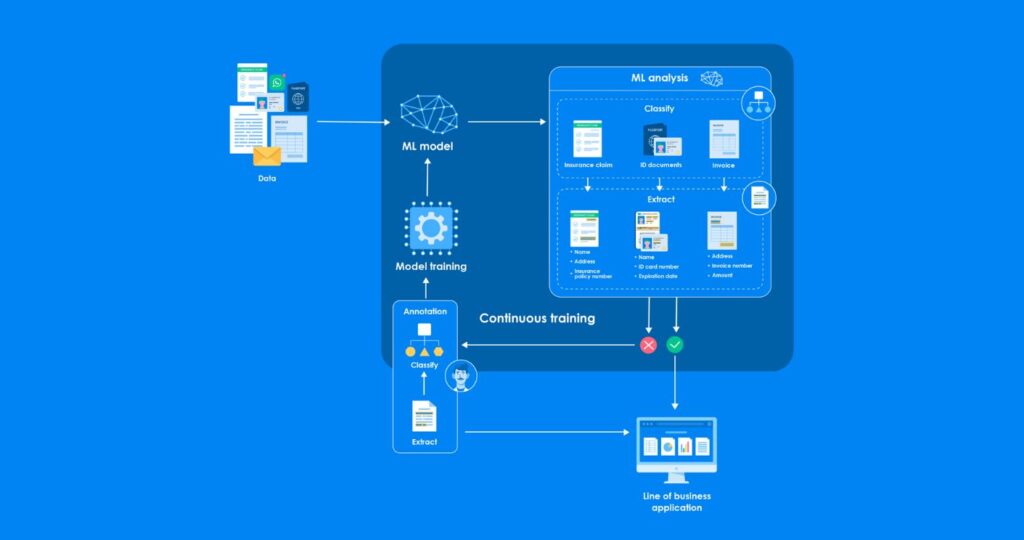In the modern age, as businesses and institutions increasingly shift towards digital operations, the need for effective electronic archiving systems has become paramount. This shift has introduced a myriad of challenges that need addressing to ensure the integrity, accessibility, and longevity of stored digital records.
The incorporation of a digital signature has emerged as a pivotal solution to many of these challenges, but its implementation is just one part of a broader strategy required to overcome the complexities of qualified electronic archiving.
Understanding the Challenges of Electronic Archiving
The first major challenge in the realm of electronic archiving is ensuring data integrity. As documents and records transition from paper to digital formats, the potential for data corruption or alteration increases. Unlike physical documents, digital files can be altered intentionally or inadvertently without leaving physical traces. Ensuring that documents remain unchanged over time, and that any changes are properly tracked and authorized, is crucial for legal, medical, and historical records.
Another significant challenge is the long-term accessibility of archived digital data. Digital formats evolve rapidly, and today’s standard file formats may become obsolete or unsupported in the future. This necessitates the development of strategies for digital preservation that include regular updates to the storage formats and migration of data to current systems. Additionally, as the volume of digital data grows exponentially, finding efficient ways to store and retrieve vast amounts of information becomes increasingly difficult.
Implementing Digital Signatures for Enhanced Security
In response to these challenges, one effective solution has been the implementation of digital signatures. A digital signature not only helps in verifying the authenticity of a document but also ensures its integrity from the point of signing onwards. When a document is digitally signed, any subsequent alterations invalidate the signature, thereby alerting the stakeholders to unauthorized changes. This technology is critical in legal and financial contexts, where the authenticity and immutability of documents are paramount.
However, relying solely on digital signatures is insufficient. Ensuring the security of the archiving system itself is equally important. Cybersecurity measures need to be robust to protect against external breaches and internal threats. This includes employing end-to-end encryption for stored data, using secure access controls, and implementing regular security audits and updates to guard against evolving cyber threats.
Data Accessibility and Sustainability in Archiving
Ensuring long-term accessibility and sustainability of archived data is another critical area. Solutions include employing standardized formats for data storage that are widely supported and resistant to obsolescence. Institutions must also commit to maintaining and updating their IT infrastructure, which involves not only hardware and software but also policies and procedures that adapt to changing technologies.
Moreover, the environmental impact of maintaining large-scale digital archives cannot be ignored. Data centers consume significant amounts of energy, and as digital archives grow, so does their carbon footprint. Developing more energy-efficient technologies and strategies for data storage and retrieval is necessary to address both operational costs and environmental concerns.
Adapting to Regulatory Requirements
Regulatory compliance presents an additional layer of complexity in electronic archiving. Different industries and regions have varied regulations governing the management and retention of digital records. Navigating these requirements and ensuring compliance can be daunting, particularly for multinational organizations. Tailoring archiving systems to meet specific regulatory demands while maintaining flexibility to adapt to new laws is a significant challenge.
Organizations must stay informed about regulatory changes and invest in systems that are both compliant and adaptable. This may involve engaging with legal and IT professionals who specialize in compliance and data management, ensuring that the archiving system aligns with current and future regulations.
Conclusion
Qualified electronic archiving is a dynamic field that presents numerous challenges, from ensuring data integrity and security to maintaining long-term accessibility and regulatory compliance. The implementation of digital signatures is a vital step towards addressing these issues, but it must be part of a comprehensive approach that includes robust cybersecurity measures, sustainable data management practices, and proactive regulatory compliance strategies. By tackling these challenges head-on, organizations can ensure that their digital archives serve as reliable, secure, and compliant resources for years to come.
